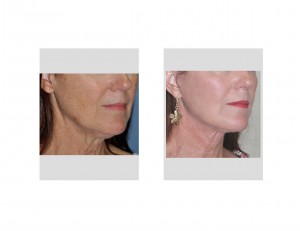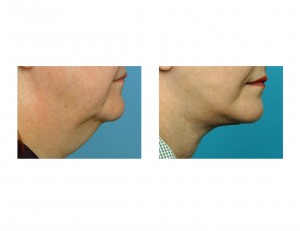A facelift procedure is the operation for reshaping one’s aging jowls and neck. It is a confusing name because so many people associate it with changes in facial areas above the jawline which it largely does not do. But the confusion about facelifts today has become even more exaggerated with the plethora of names that have become associated with its many operative variations.
Why are there so many names for a facelift? It is largely because the popular procedure has been a branded operation to sound unique and distinct, largely in the marketing of smaller to minimal facelift versions. The objectives of this facelift marketing is to appeal to the well known fears of patients about facelifts in general. Patients fear having facelifts for the following reasons; extensive operation, long recovery, scars, cost, and ending up looking unnatural.
Different plastic surgeons and other doctors may refer to a facelift with such names as a mini-facelift, limited facelift, short scar facelift, S-lift, Quicklift, Lifestyle lift, MACS lift, Swiftlift, Smoothlift, SimpleLift, lunchtime facelift, one hour facelift, threadlift, featherlift, and stitchlift to name those that immediately come to mind. Are these types of facelifts really different and are some better than others?


Operations such as the contour threadlift, feather lift or lunchtime lift are not good procedures. In these procedures, small incisions in the hair line or behind the ear are used to pass barbed sutures into the face. These are then pulled upwards whichgrab the overlying skin to lift it upward. While appealing on the surface, it is a comparatively costly procedure that creates only minimal changes in the jowl and neck. It is definitely not long-lasting and is a comparatively poor value to the limited facelift operations.
Non-surgical facelifts are largely to be avoided. They rely on some type of skin resurfacing, via chemical or laser peels, and volume expansion by injectable fillers. Known by such names as liquid facelifts and lunchtime lifts, they are often offered by non-plastic surgeon doctors because of their training backgrounds. It can be a good skin rejuvenation technique but it should not be confused as really lifting and tightening the neck and jowls.
Facelift surgery is a spectrum of different operations that have variations in placement of the incisions/scars, techniques for SMAS tightening, and how much skin is transposed and removed. Finding an experienced plastic surgeon in facelifts is far more important than choosing an operation with a good sounding name in getting one’s desired jowl and neck improvements. The experienced plastic surgeon knows that the use of multiple techniques combined with judgment and skill is what really leads to good facelifting results.
Dr. Barry Eppley
Indianapolis, Indiana


